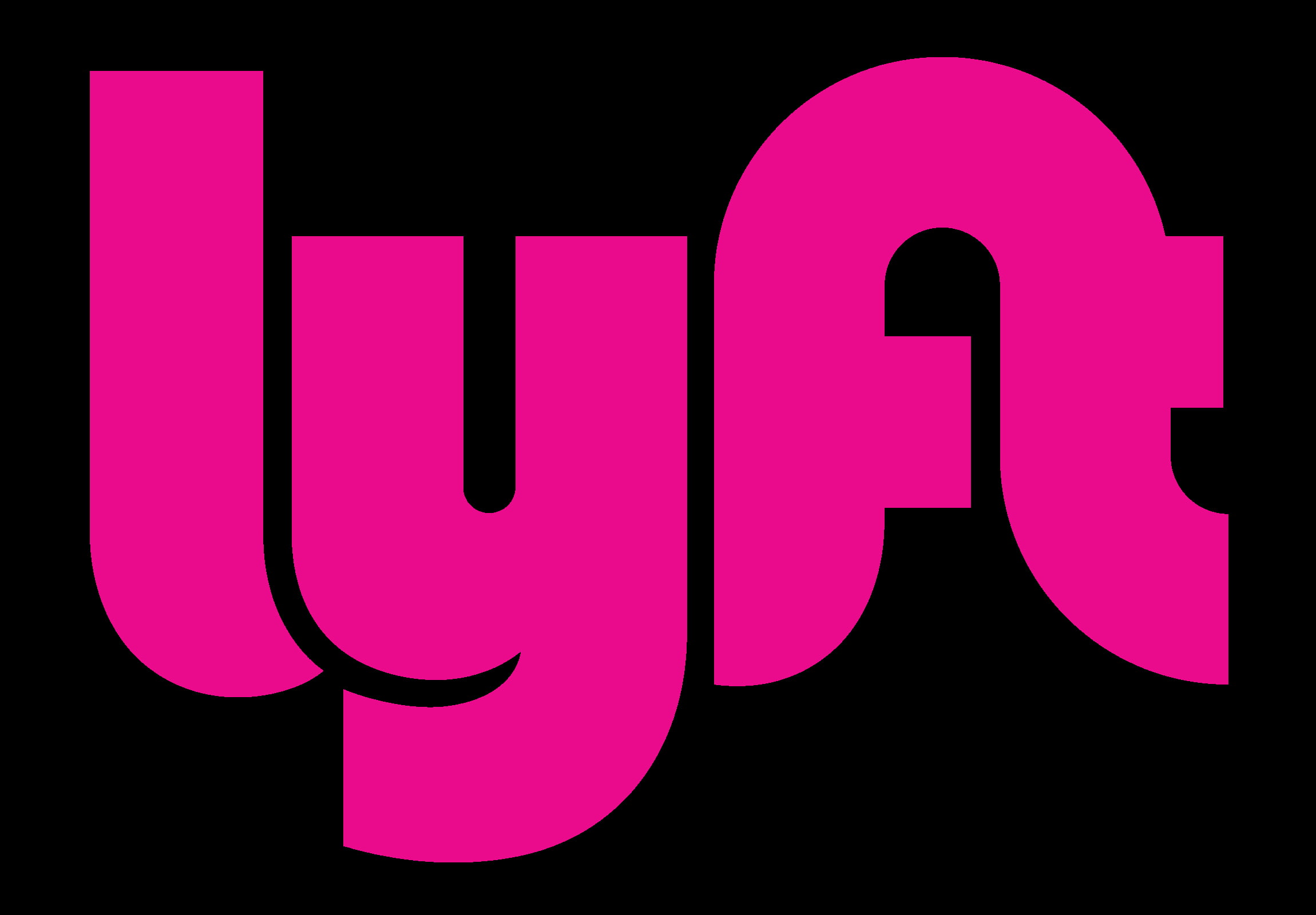What the trends in tech layoffs depict about the global economy?

The Friday Reports of the US economy showed that 261,000 jobs were added in October, blowing away the predictions made for 200,000 jobs even as the unemployment surged to 3.7 percent.
But, the job increase has created a false sense of security among the citizens, and they should not be delusion by that. Job cuts and freezing of the hiring process have started to envelop different sectors of the world. Layoffs have hit some of the most prominent and valuable companies in the world. That’s bad news for the economy.
But what is really happening? Tech companies have announced a massive number of layoffs in the firms and have put a halt in the hiring processes.
Amazon announced on Thursday that it has paused the hiring process for a while and has mentioned that the company will keep the hiring process on pause for several months, and the company would continue to monitor the situation in the macroeconomy to take into account the next set of actions. This note has been shared by Beh Galetti, senior vice president of people experience and technology at Amazon, in a note to the employees.
Last month, Amazon forecasted its revenue for the holiday quarter would be down than expected, causing the stocks to decline rapidly. The shares of Amazon have declined by 47 percent this year.

In addition, Apple has declared a hiring freeze in the company in all areas except the research and development sector. In a statement, Apple mentioned that it would continue with the hiring process shortly, but at present, the company is not confirmed based on the current economic environment. They are taking a very deliberate approach in some parts of the business.
Apple is currently worried about the slower growth rates in the holiday season, and declining customer spending followed by high-interest rates.
Covid lockdowns in China have affected the production of iPhone 14. Apple stocks have fallen by 25 percent so far this year.
The Wallstreet Journal has reported that Meta is planning to let off large-scale employees this week. The parent company of Facebook, Whatsapp, and Instagram has laid off thousands of employees comprising 87000, and the announcement may be declared anytime soon regarding the layoff.
On Thursday, Lyft Inc. said that it would lay off 683 employees, or 13 percent of its workforce, in an effort to reduce expenses in light of the failing economy.
The most recent decision made by the corporation is expected to result in a charge in the fourth quarter of between 27 million USD and 32 million USD.
Previously, the corporation announced job cuts for 60 employees this year and slowed down the hiring process.
Additionally, the business has made sure that the layoffs won’t change the period’s revenue forecast that was previously published.
It anticipates 1.04 billion to 1.06 billion dollars in revenue and 55 million to 65 million dollars in adjusted core profit.
One of the major Silicon Valley payment companies, Stripe, has laid off 14% of its entire workforce. The company’s CEO has stated that inflation, especially increased interest rates and insufficient startup capital, has forced Stripe to make cost reductions.
Collison has also claimed that the company’s management issues were unrelated to the fact that it “overhired” workers during the epidemic and was “too confident” in the e-commerce platform’s near-term development.
Stripe had more than 8000 employees as of last month, but subsequent layoffs have reduced that number to less than 7000, which is the same workforce level that was anticipated in February 2022.
The recruitment department is one of the company’s departments that has experienced more widespread firings than others.
Stripe is providing the financial equivalent of six months’ worth of current health premiums, as well as fourteen weeks of severance pay and one full-year bonus.
Former workers claim Stripe planned layoffs from the start and originally focused on low performers. However, because of the deteriorating economic climate, layoffs would target employees’ performance as well as firms’ operations and job responsibilities.
More Potential Supply Chain Woes can result in increased layoffs:
The threat of the U.S rail strike can disrupt the supply chains severely. US Labor Secretary Maty Walsh had said that if the strike continues, it may come as bad news for the companies depending on supply chains. If any rail unions were to go on strike, all the rail unions, which comprise more than 110000 members would join the bandwagon and honor their picket, refusing to work.

This would mean bad news for the supply chains as 30 percent of the US production is transported via rail. The halt of the trains would, in turn, result in the rise of prices of gasoline and food. In addition, factories would be forced to shut down because of the shortage of parts and there will be more layoffs as the companies would not be able to cope with the spending.
Walsh was previously on a 16-hour bargaining deal with the workers and mentioned that Congress had framed a contract to keep the union members on their job.
Edited by Prakriti Arora




